“OK, the Montana lamb with the rocket leaf and goat cheese salad, and the lime-grilled free-range chicken with the pumpkin pasta and dandelion grains. Enjoy. I’m Phillip if you need me.” This line from the 1987 film Baby Boom announces the well-garnished cuisine delivered to the table of J.C. Wiatt (Diane Keaton) and her boss (Sam Wanamaker) in one of the opening scenes. Oh, to be a foodie in the ’80s!
Today’s post has been a long time coming. As a blogger who focuses on the recent retro, I’ve thrown my share of ’80-style events, from a yacht rock-inspired 40th birthday party to a dinner party featuring items like mixed greens with goat cheese and sun-dried tomato on the menu. I LOVE learning about ’80s food. There’s nothing like the junk food kids had at their fingertips during the Decade of Decadence, but there’s something extra special about the high-end dining experience created by chefs experimenting with beautiful presentation.
Then there was the delicious lack of knowledge, especially when it came to certain treats like alcohol and bread. Take Jessica Lange’s character in the 1982 film Tootsie. When Tootsie (Dustin Hoffman) asks her why she drinks so much, she says, “”Because it’s not fattening and it’s not good for me. How many things can you say that about?” Anyone else miss the days when we didn’t fully realize that wine had caloric consequences?! And what about carbs?…
In a September 1986 feature from Metropolitan Home, we’re treated to “a day in the life” of two yuppies. On the menu: croissants and orange juice for breakfast, tomato and mozzarella for lunch, and a no-fuss dinner featuring pasta salad…with lots of bread. If only we could go back to time when bread and juice were considered essential components of a good meal!
Who’s ready to take a closer look at the world of ’80s restaurant food? While this post is not meant to serve as a comprehensive overview of 1980s food, it will definitely touch on some top trends and key memories of the ’80s dining experience. Keep reading to discover tidbits ranging from menu design to high-end cuisine. We’re talking about the ’80s, folks, so you know this is going to be good…
1980s Food Trends
If you ate at a sit-down restaurant in the 1980s, the menu likely would have reflected a few of these food trends, among others:
- French onion soup
- lobster bisque
- pasta primavera and pasta salad
- angel hair pasta
- blackened meat
- chicken and veal marsala
- sushi
- quiche
- goat cheese
- pesto
- sun-dried tomatoes
- “specialty” salad dressings, such as raspberry vinaigrette
- ample sauces and garnishes
- pink peppercorns
- foams
- chocolate mousse
- berry tarts
There are some wonderfully informative articles and posts that highlight food trends from the Decade of Decadence (scroll to the bottom of this post for a list), as well as amazing resources such as tumblr Palm & Laser, which has showcased menu design and restaurant logos from this era. Don’t forget the wide range of ’80s movies that reflect ’80s food trends, such as the above-mentioned Baby Boom, as well as Wall Street, which sees Charlie Sheen’s character enjoying an over-the-top apartment redesign, complete with a fully-stocked kitchen that includes yuppie staples like a sushi maker and a pasta maker (see images above and below).
To get some perspective on ’80s cuisine, I reached out to one of my favorite human beings on the planet, my cousin Tom Provost. Not only is Tom an editor, director, writer and former actor, he pens the foodie-fabulous blog On Food and Film. He also racked up a wealth of experience in the 1980s LA restaurant scene as a server. I asked him about his take on ’80s food trends, especially in higher-end establishments. One of the first observations he shared with me conjures images of artfully arranged meals. Here’s a glimpse at plated ’80s cuisine…
“Very small portions. A slice of meat, a carrot and two peas with some sauce drizzled around. Very different than today, when portions tend to be huge. The emphasis seemed to be more on presentation than how the food tasted.”
For design lovers, this is great news, especially if you can get your hands on retro menus, cookbooks and other sources that feature images of these meticulously created meals. For those with a big appetite, not such great news! In addition to small portions, Provost reminds us that certain staples of today’s culinary world took awhile to catch on. He shares, “It’s funny to think of things that are so ubiquitous now that had to be thrust onto the country. I remember growing up in the ’70s when Hidden Valley Ranch was doing tons of commercials on TV, all centered around trying to convince people just to try the dressing. Now of course it’s the favorite. Brown mustard and dijon mustard were the same. Now more the norm (at least with foodies) than yellow mustard, but it took Gulden’s and Grey Poupon a lot of work to get people to try these in the ’70s.”
Photo above: 1980s Hidden Valley Ranch party dip products, source: The Clorox Company
No wonder salad dressing was such a culinary highlight of many an ’80s menu! Bring on the raspberry vinaigrette and poppy seed dressing! And then there’s pesto. Provost recalls his parents phoning him in the late ’80s, announcing that they’d just had the best sauce ever. “…something called pesto. They had never heard of it, I had never heard of it and all of a sudden pesto seemed to explode around the nation. I am sure there were places that served pesto back then… but we certainly had never encountered it. Nor had I in LA before this time.”
*Image of Bubbles in Balboa, California [Photo by Milroy/McAleer, from Restaurant Design: Ninety-Five Spaces That Work, 1987]
In terms of other restaurant trends, raise your hand if you remember the smoking section! You know, those days when a crowd of people could smoke like chimneys, even if nothing more than a row of planters separated the hazy air from the clean air of the non-smoking section. Provost remembers how restaurant servers fought for the smoking section, as smokers tended to eat and drink more, which led to happier dispositions and bigger tips! He shares, “The manager had to make sure everyone rotated in and out of the smoking section because you made more money and the wait staff would get mad if people got that section more often than others.”
A big thank-you to Tom Provost for reliving the magic of the 1980s restaurant scene so we could all live vicariously through his experiences! Don’t forget to check out his blog, On Food and Film, for more culinary greatness.
The Design of It All
Before I share a list of resources on retro dining trends, I want to remind you that half the fun is reveling in the amazing design that permeated the 1980s restaurant scene! From beautifully set tables (image below featured at Palm & Laser) to grand interior features, dining out during the Decade of Decadence was a feast for the eyes. Accent walls, murals, wall sconces, pedestals and an abundance of plants were a few of the many design trends to enjoy. Want to learn more? Check out our post on ’80s restaurant design.
If you’re a fan of ’80s graphic design, you can learn a lot about the era from the menus! Below we see a menu featured at tumblr Palm & Laser. Also note that the New York Public Library has an online archive of scanned menus from the 1980s, among many other decades. Learn about food trends and design at the same time! French onion soup, anyone?
Resources and Posts
Pesto, Jams, and New York City in the 1980s
11 Dining Trends From the ’80s That Are Poised for a Comeback
New York Public Library – What’s on the Menu: 1980s
Do These 3 Classic ’80s Cocktails Hold Up?
Tips for Styling Retro Cocktails
What We Can Learn from ’80s Restaurant Design
Happy dining, and thanks for reading!

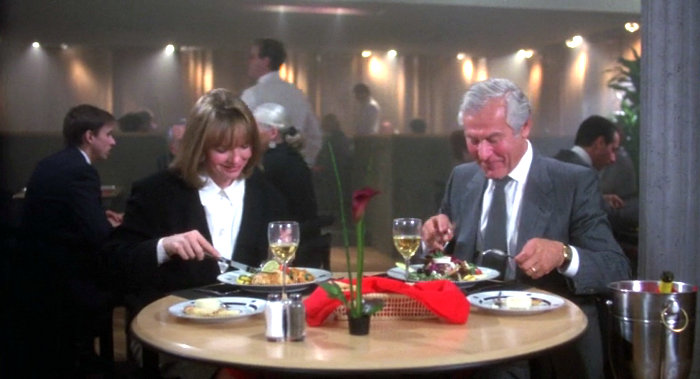

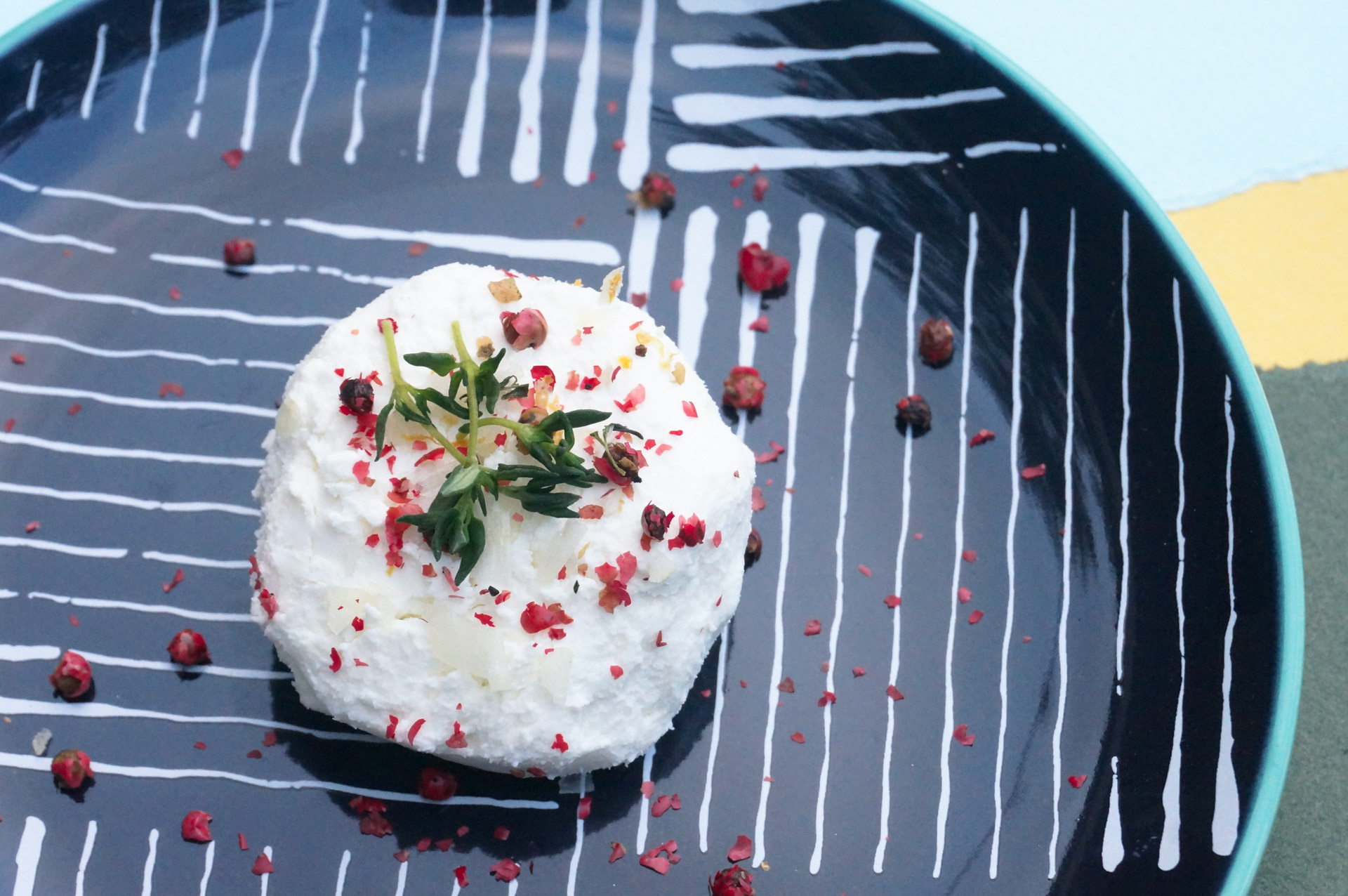
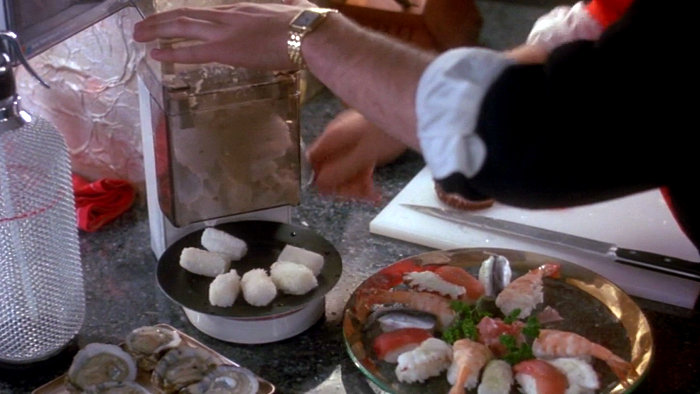
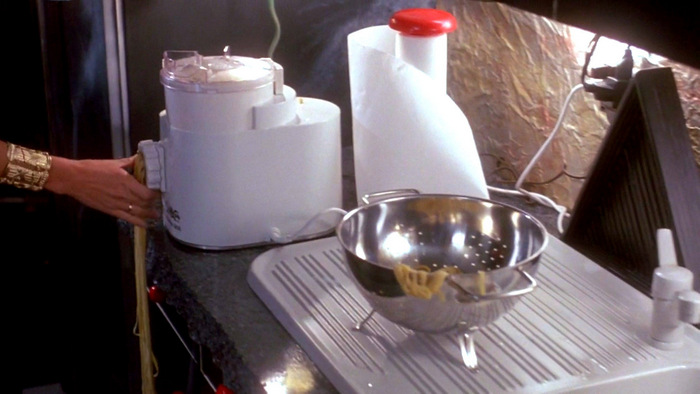
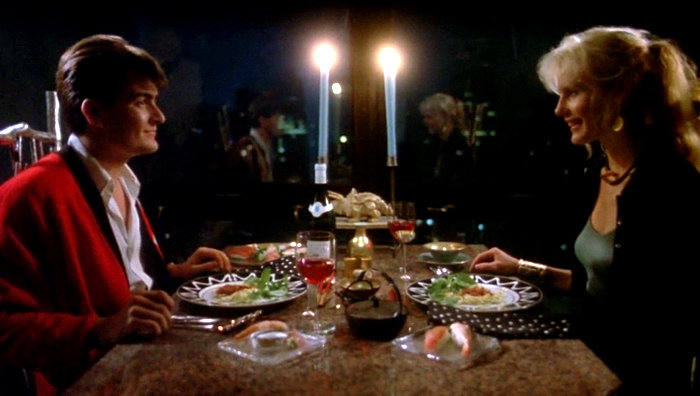
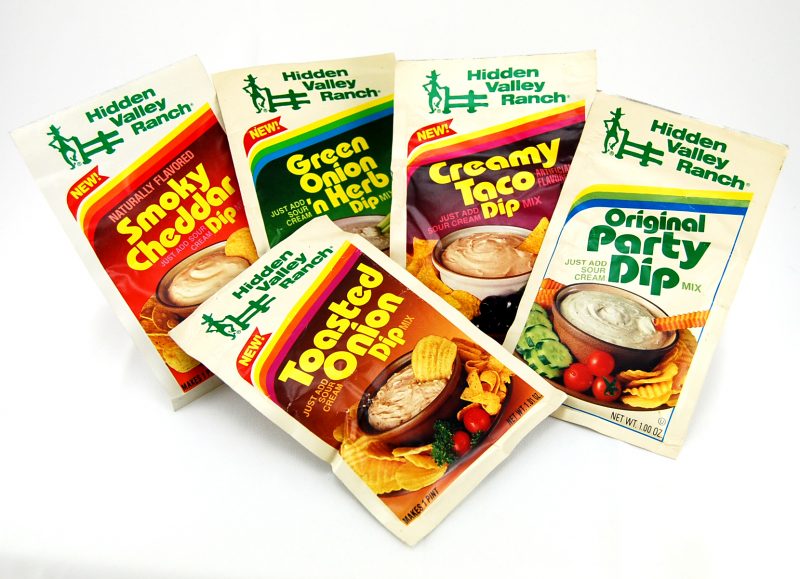
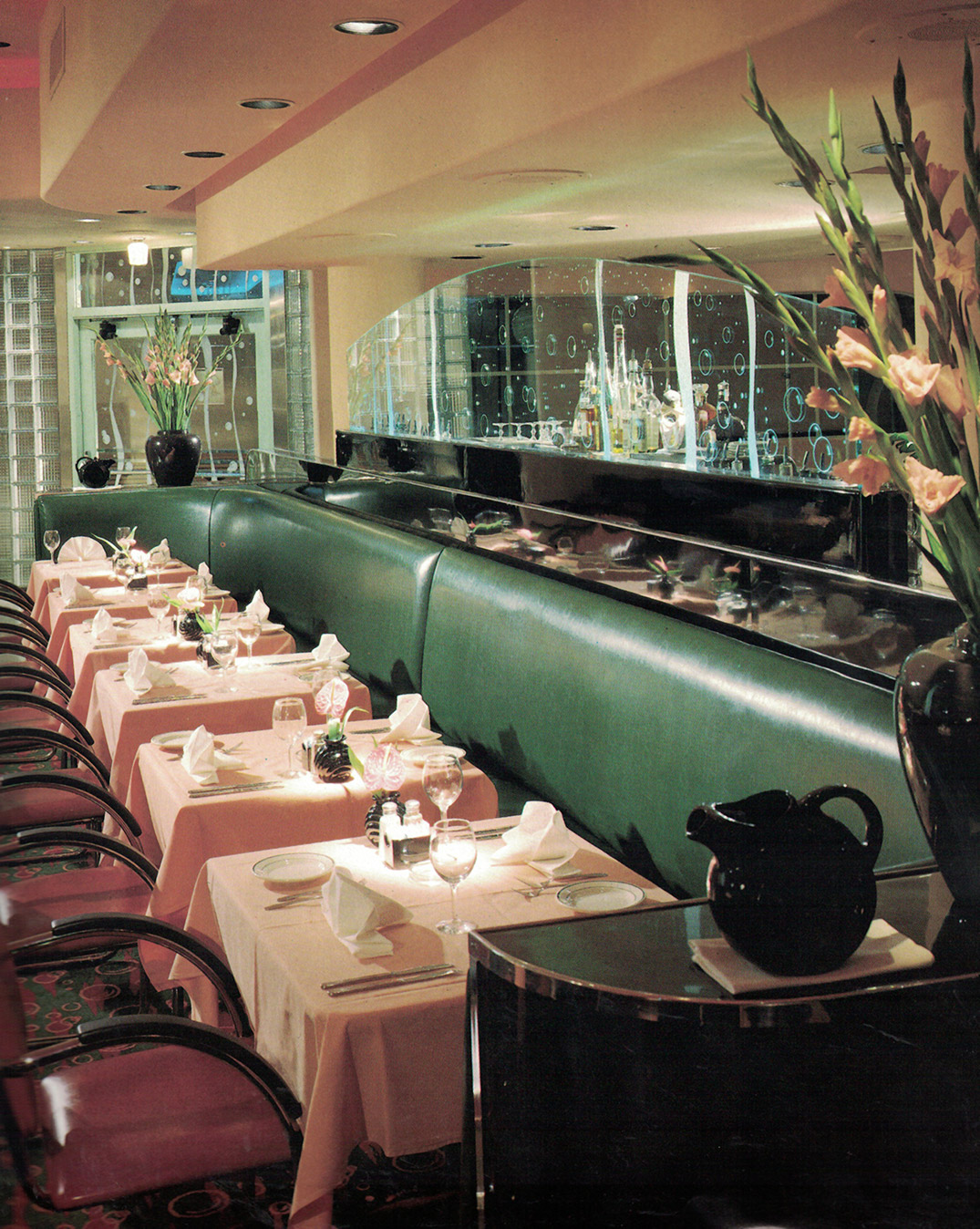
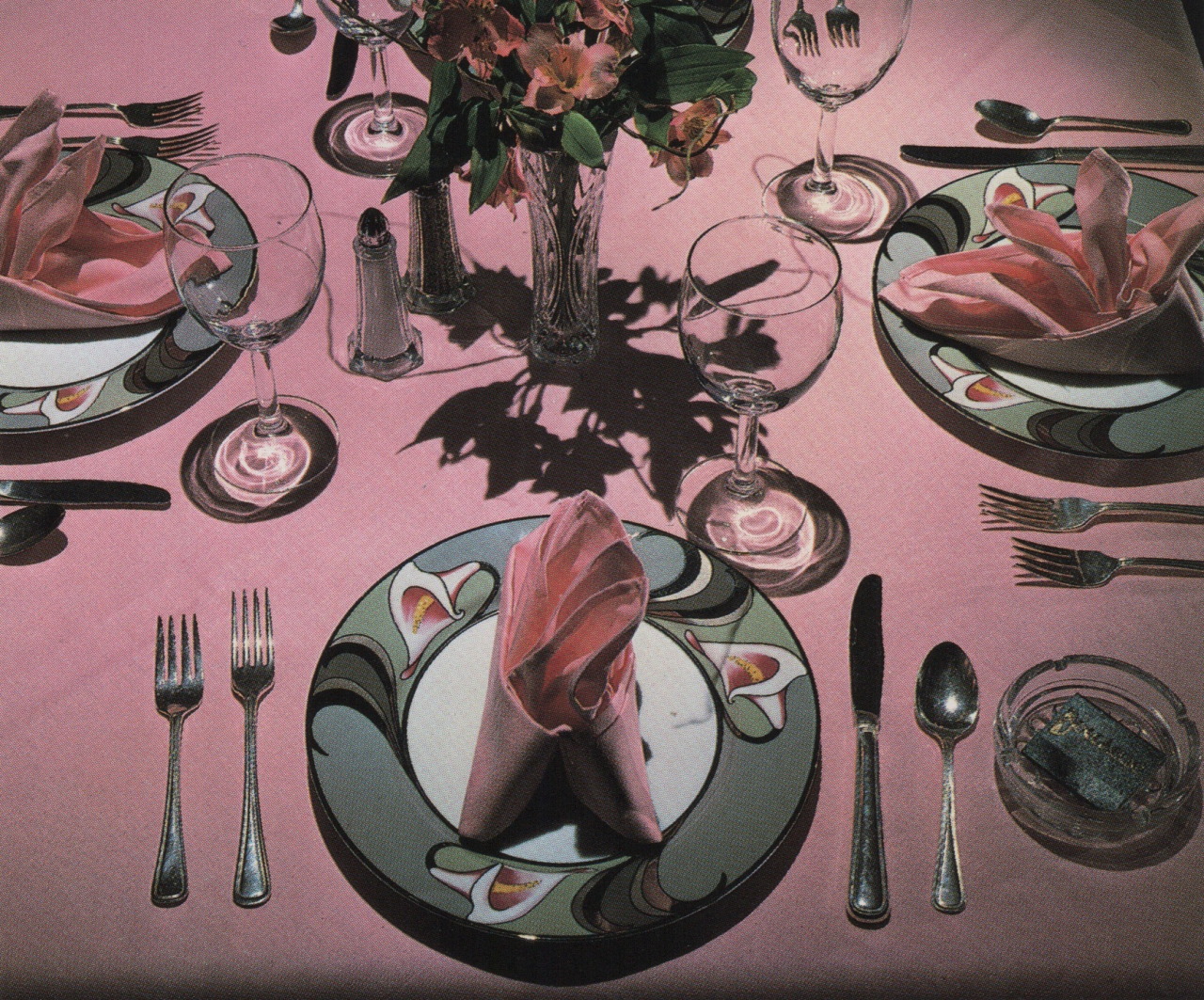







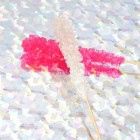





It all looks lovely and light and appetising (and pesto is the greatest invention). Feeling way too full of heavy Christmas food right now – could do with some of these light meals!
great post! Im definitely fascinated by how many more carb (or starchy foods) people seemed to eat without concern and yet managed to be in great shape as apposed to today where we seem frightened of these types of foods and yet a lot of us struggle with our weight.
As someone who came of age in the 80s, I can tell you that the reason we ate so much pasta and bread is that fat, not carbs, was the big health scare at the time. Everyone tried to eat low or no fat. We didn’t even distinguish between good and bad fats. For example, butter was considered bad for you (due to fat and cholesterol), so we all used margarine, which turned out to be worse for us. Having lived through that decade and seeing how much of our thinking about health turned out to be off base, I really question whether the current trends of low-carb, keto, whole 30, no-gluten, etc., will not seem equally silly in 30 years time.
Interesting memories, thanks!
My mom was gluten free in the 80s. She was always ahead of health information. Tons of people have found relief from auto immune disease that way. It’s not about losing weight. We know so much more about nutrition now, and you’re mixing fad diets with medical diets!